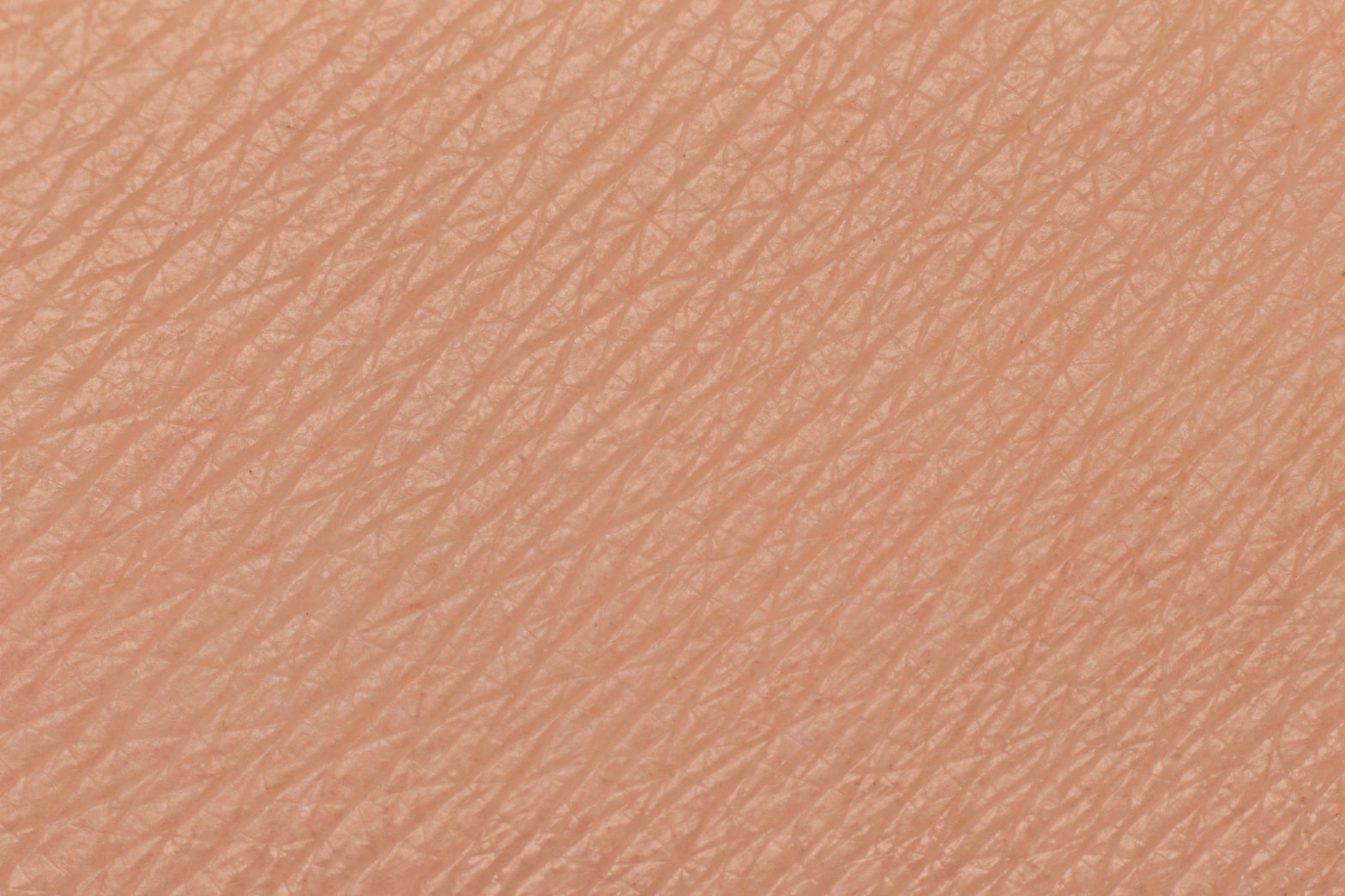
Why CRI R9 is so important for skin tones - a spectral analysis
Why CRI R9 is so important for skin tones - a spectral analysis
In a prior post, we discussed the general importance of R9 and why it can be easy for manufacturers to provide sub-par light quality products by not reporting this metric.
For film and photography lighting, R9 is of particular importance because skin tones are involved, and we thought it deserves a separate post dedicated to investigating the reason behind this from a spectral perspective.
What does R9 measure?
To quickly review, R9 measures the ability of a light source to simulate natural daylight or tungsten light sources with respect to red colors. Below is the test color sample SPD used to perform this test:

The big takeaway is that the majority of reflectance occurs past 600 nanometers, which puts us solidly in the red and deep red portion of the spectrum.
In short, if an artificial light source lacks red emission, it will perform poorly on the R9 scale, and distort any objects that have significant amounts of red in it.
But are skin tones red?
Even across ethnicities and cultures, skin tones are almost never described as being red. Then why is R9 such a big deal for skin tones?
Below is a spectral chart showing the reflectance spectrum for various skin tones, as measured by E.J. Parra.

As expected, European skin tones, have a higher reflectance overall, while African skin tones have a lower reflectance.
However, what is most striking is the increase in reflectivity past 600 nanometers, regardless of ethnicity.
While different ethnicities might have different shades, what do we all have in common?
It's all about the blood!
Below is the reflectance profile for blood. Does it look familiar?
The rapid rise in reflectance past 600 nanometers in skin reflectance spectra across ethnicities is actually the result of the blood that flows under our skin.
Skin tones are actually not simply "black" or "white" as commonly referred to in everyday language - it is a complex combination of the skin color itself as well as the blood that flows under it.
The reflectance spectrum for blood also very closely follows that of the R9 test sample spectrum.
In other words, R9 is an extremely valuable metric that can tell us whether the blood under our skin is revealed properly.
The consequence of low R9 values for skin tones
When a person appears sick or unwell, they can appear pale due to a lack of bloodflow. As a cinematographer or photographer, the last thing you want is your subjects and models to appear sick! (Unless you are going for the zombie look).
If you have a light source with a low R9 value, what this means is that the blood under our skin is not rendered properly. In terms of appearance, this is is equivalent to if a person was actually sick, pale and lacked sufficient bloodflow under their skin.
In conclusion...
Our spectral analysis of R9, skin tones and blood reflectance spectra reveals why R9 is a convenient and critical metric for judging skin tones. A light source with insufficient R9 values will wreak havoc on skin tones that no amount of gelling or post production can repair.
Waveform Lighting FilmGrade products feature R9 values 90 and above, because we know how important skin tones are for photography. When looking for film and photography lights, be sure to consider the R9 value prior to purchasing!
Other Posts
Browse Waveform Lighting Products
A-Series LED Bulbs
Our A19 and A21 lamps fit in standard lamp fixtures and are perfect for floor and desk lamp fixtures.
Candelabra LED Bulbs
Our candelabra LED bulbs offer soft and warm light output in a decorative bulb style that fits E12 lamp fixtures.
BR30 LED Lamps
BR30 lamps are ceiling lamps that fit in residential and commercial fixtures with 4-inch or wider openings.
